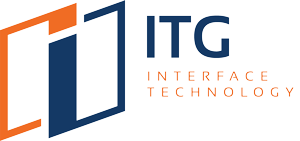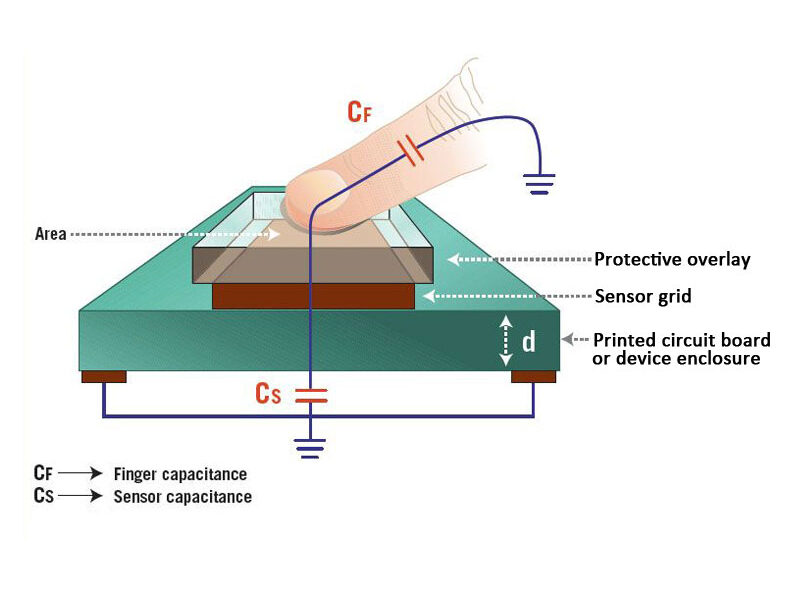Projected Capacitive touch technology offers fast, accurate and simultaneous multi touch functionality. The solution communicates directly with the operating system’s touch interface to support specific gesture actions like pinching (zoom-out), stretching (zoom-in) and swiping (left, down, up, right, sideways and others), rotating.
PCAP
Projected Capacitive Sensors
After initial popularity started from smart phones, projected capacitive sensors (PCAP) have become the most popular form of touch technology. PCAP technology is now available in larger panels sizes. This allows engineers from all markets and applications to design with this great technology.
Advantages:
Long life / reliability
True flat front surface
Functional through multiple layers
The best “look”
Easy integration
Multi touch functionality
Disadvantages:
Best used with direct contact – proper tuning required for glove applications.
Resistive Touch Technology
Besides it’s easy integration.....
….resistive touch technology is also an advantage because it has no limitations on how to operate. The screen is pressure sensitive and can be touched by a stylus or any hard object as well as a gloved hand.
Advantages:
Ease of integration
Cost effective
Use with gloved hand or stylus
Disadvantages:
Lower brightness performance
Front surface durability
Limited touch points
Optical Bonding
The main purpose of optical bonding is to reduce the reflection of ambient light.
ITG can offer an optical bonding between any display cover glass and any LCD size. Our bonding process eliminates the air-gap between the display and the cover glass. It will reduce the number of internal reflection surfaces that can lead to degradation of optical performance.






